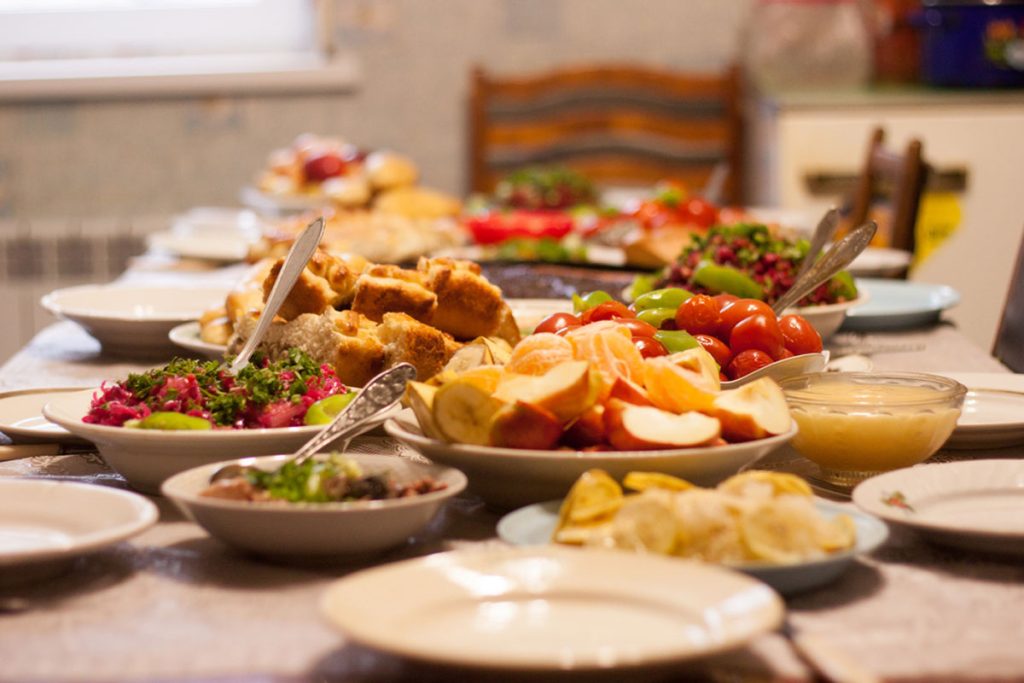Cooking with herbs and spices is a transformative experience that elevates dishes from ordinary to extraordinary. These natural flavor enhancers not only add complexity and depth to your meals but also offer numerous health benefits. Understanding how to use them effectively can turn anyone into a culinary maestro, creating dishes that tantalize the taste buds and nourish the body. Herbs, typically the leafy green parts of plants, bring fresh, vibrant flavors to any dish. Basil, for instance, is a cornerstone of Italian cuisine, its sweet and slightly peppery taste perfect for pairing with tomatoes, mozzarella, and olive oil in a classic Caprese salad. Its fragrant aroma can also elevate pasta sauces, soups, and even cocktails. Cilantro, with its citrusy notes, is a staple in Mexican, Indian, and Thai cuisines, adding brightness to salsas, curries, and stir-fries. For a more robust herb, rosemary offers a pine-like aroma that complements roasted meats, potatoes, and bread, infusing them with a warm, earthy flavor.

Spices, on the other hand, are derived from seeds, roots, bark, or fruits and often have more intense flavors compared to herbs. Cumin, with its nutty, earthy taste, is essential in many global cuisines, including Indian, Middle Eastern, and Latin American. It adds a rich depth to dishes like chili, stews, and marinades. Turmeric, known for its vibrant yellow color, imparts a subtle bitterness and a warm, peppery flavor. It is a key ingredient in curry powders and is celebrated for its anti-inflammatory properties, making it a popular addition to health-conscious recipes like golden milk or turmeric teas. Paprika, made from ground peppers, varies in flavor from sweet to hot, depending on its origin. It is a fundamental spice in Hungarian and Spanish dishes, bringing a smoky or sweet heat to goulashes, paellas, and barbecue rubs. For a touch of exotic warmth, cinnamon is indispensable in both sweet and savory dishes. Its sweet-spicy flavor enhances baked goods, desserts, and even savory dishes like Moroccan tagines, where it balances out the richness of meats and the sweetness of dried fruits.
The art of combining herbs and spices can take your cooking to new heights. For example, the classic French herb blends known as herbes de Provence, which includes thyme, rosemary, and lavender, can transform roasted chicken and vegetables into a fragrant, aromatic delight. Garam masala, an Indian spice blend featuring cumin, coriander, cardamom, and cloves, infuses curries and lentil dishes with a complex, warming flavor profile. Freshness is key when cooking with herbs and spices. Fresh herbs are best added towards the end of cooking to preserve their delicate flavors, while dried herbs and ground spices can be added earlier in the cooking process to allow their flavors to meld and intensify. Storing them properly is also crucial; herbs should be kept in a cool, dry place, and spices should be stored in airtight containers away from heat and light to maintain their potency.